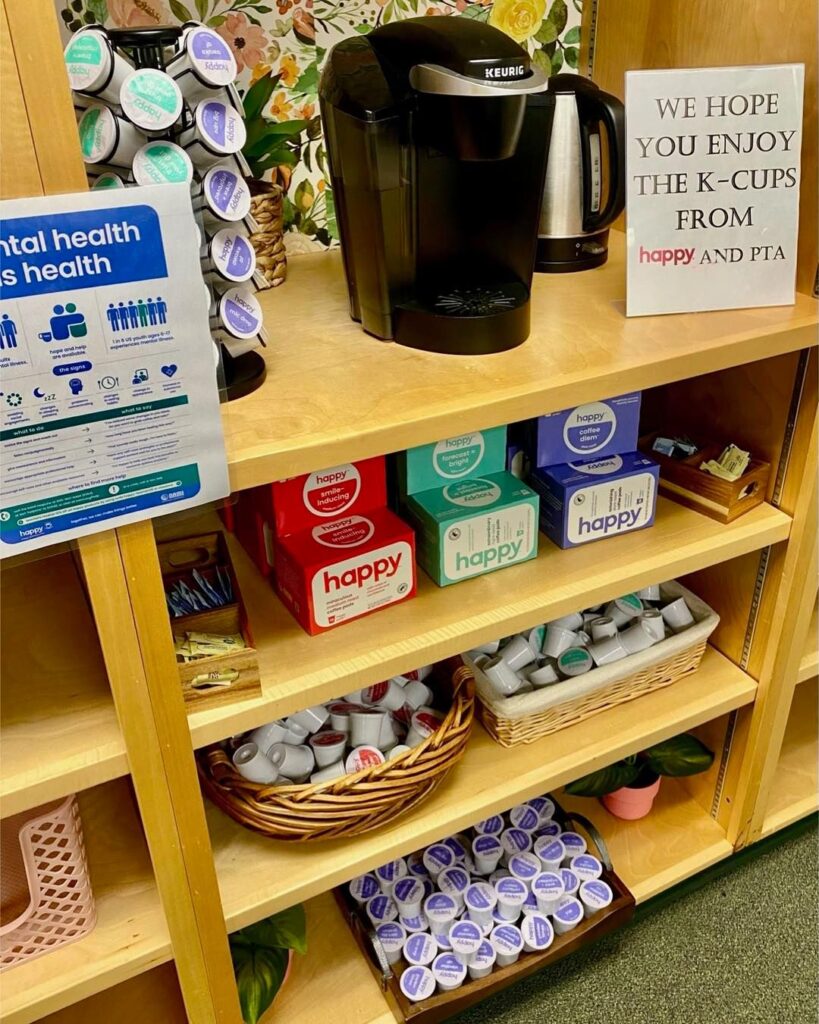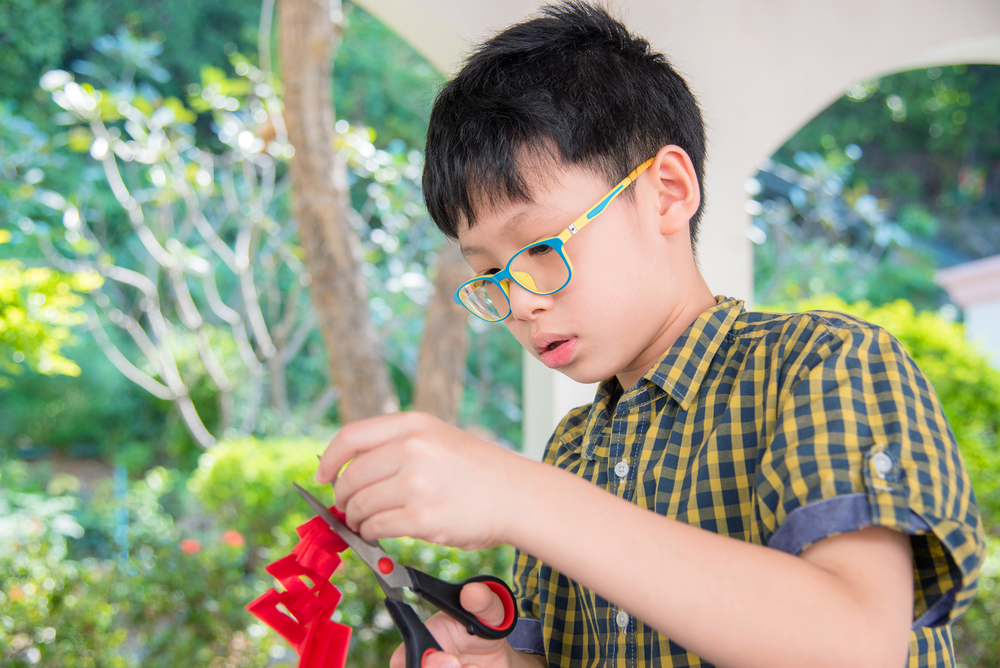It is natural to worry about your child’s wellbeing. According to the National Survey of Children’s Health, approximately 1 in 5 adolescents (aged 12 and 17) had a diagnosed mental or behavioral health condition in 2023. A Pew Research Center survey from the same year showed that mental health sits atop the list of parental concerns. Forty percent of parents with children under 18 were extremely or very worried their children might struggle with anxiety or depression. Another 35% were similarly concerned about their children being bullied. For parents who share these concerns, here are five actionable ways you can support your child’s mental health.
1. Nurture your connection
Your child needs a strong, secure relationship with you as their parent or caregiver; it is essential to your child’s healthy development. From infancy, you are the most important person in your child’s life, providing safety and comfort. Your love, acceptance, and protection form the foundation for later thriving. A recent psychology study found that warm, affectionate mothering in childhood may impact personality traits that lead to success in education, work, and health in adulthood. At infancy, you may be their whole world, but as they grow, they will naturally seek more independence, eventually seeing connections with friends as more important. However, you can always be their “port in the storm” as they take healthy risks, encounter setbacks, and build resilience. Children thrive when their relationships with parents and caregivers are warm, open, and communicative, include appropriate limits, and provide reasoning for rules. These elements are linked to higher self-esteem, better school performance, and fewer negative outcomes like depression or drug use.
2. Pay attention to the warning signs
Mood swings, occasional acting out, and dips in academic performance are all part of growing up. However, it is important to distinguish what is typical behavior from what may be signs of a deeper problem. Here are some things to look out for:
- changes in mood or a persistent state of irritability, anger, excessive worry, or sadness
- loss of interest in activities they usually enjoy, or persistent failure to engage in any hobbies or activities outside school
- withdrawing from friends or family or difficulty making friends
- dramatic or prolonged changes in sleep and eating habits
- difficulty concentrating
- declining or poor school performance
- avoiding school
- frequent disobedience, aggression or tantrums
- nightmares
If you notice a consistent change in behavior or mood in your child, have a conversation with them about what you have observed. You may also want to consult with your child’s pediatrician or a mental health professional.
3. Normalize discussions of mental health
To open a conversation with your child, find a time when there will be minimal distractions and a safe space where you will not be interrupted. Keep your child’s age in mind when you broach the subject. For example, you can help young children label their feelings or use stories in books or TV shows as opportunities to talk about difficult emotions or situations. Listen more than you talk and validate their thoughts by repeating key phrases, such as “Correct me if I’m wrong, but what I heard you say is ….” Rather than offering solutions, ask whether they would like help brainstorming next steps, keeping in mind that feeling heard may be enough this time. Talking about feelings and emotions with your child can become as routine as talking about any physical ailments. In fact, drawing explicit analogies to medical problems is a good way to broach such conversations. If the concerning behaviors persist, you may consult a mental health professional. Need more tips? Check out these conversation starters.
4. Strengthen your child’s social support
Only 58.5% of U.S. teens receive the social and emotional support they need. Lack of social support is linked to poorer mental and physical health, including poor sleep and higher anxiety and depression. Girls, LGBTQ+ youth, and youth of color were more likely to experience lower levels of social support. While the pandemic disrupted social connections, time spent on friendships has been declining for decades. Teenagers in 2017 spent 22 minutes less in daily face-to-face interactions with friends than teenagers in 2003. Those connections have been replaced by screen time. As kids get older, they will naturally seek more independence, but you can continue to help them build their social-emotional skills by asking about a friend, specific social or extracurriculars at school, events in the news, or happenings in your town. Listen carefully and help them articulate what they need. This takes trial and error and may not always yield satisfying results. The key is to keep trying and show your willingness to talk, without blame or judgment.
5. Establish healthy social and digital media habits
While most teens view social media as a good way to remain connected to their friends, one in five say it harms their mental health and almost half (48%) say it harms people their age. The science shows there are both benefits and risks to social media use among teens. On the positive side, it offers social support, online companionship, and authentic connections, especially for marginalized teens. On the downside, it can exacerbate social comparisons, expose teens to cyberbullying and harmful content, and depict risky behaviors like self-harm or disordered eating. Work with your child to set clear limits on social media use with clear consequences for violating the rules; be consistent in enforcement. Balance monitoring with respect for privacy and ensure social media doesn’t disrupt homework, meals, or sleep. If parents of your child’s friends are not setting similar boundaries, consider sharing this article. Also remember that many Silicon Valley executives developing social media platforms and games restrict their own children’s use of them. Model healthy media habits by taking “tech breaks” as a family.
“It’s key to remember that adolescence is a period of tremendous development, but every teenager progresses at their own pace,” said Arthur C. Evans, Jr., PhD, CEO of the American Psychological Association. “Every teen is unique in how they process media. Knowing your teen’s strengths and vulnerabilities is essential.”


















